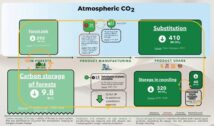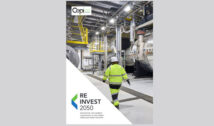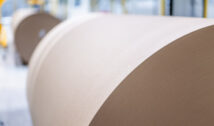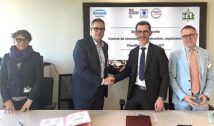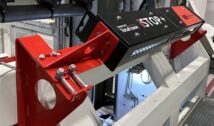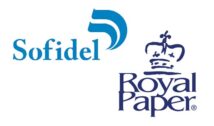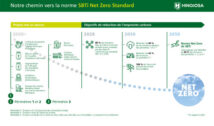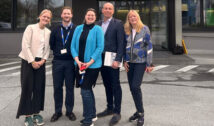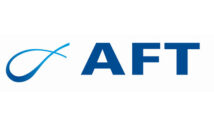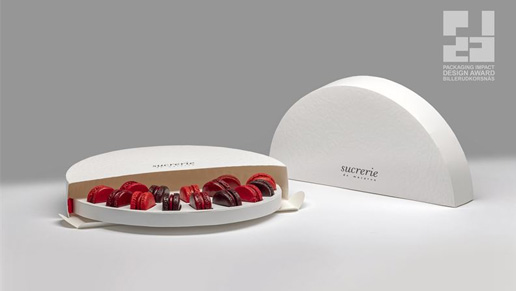
What will a sustainable and exciting packaging concept look like in 2030? Most likely we will see many and innovative answers to that question at PIDA (Packaging Impact Design Award), the international design competition arranged and hosted by BillerudKorsnäs. In this year’s edition of PIDA, the brief encourages the participating students to gaze into the future and create an innovative, functional and sustainable packaging concept to solve a problem of the future.
“We have to start today if we want to find tomorrow’s solutions. Change doesn’t happen overnight. Design for the future means to stop and think, question the way things are, identify problems and go to work to change things for the better. This year’s theme gives the students tons of opportunities to push the envelope of their creativity,” says Johanna Oderstad, Technical Sales Carton Solutions BillerudKorsnäs.
Bring the Future
Consumers of today demand more of a package than ever. They expect less plastic, unique design and sustainable solutions. 72% of all consumers say they are willing to pay more for a product packed in a sustainable way, according to a BillerudKorsnäs 2017 survey. The theme for this year’s PIDA is Bring the Future and the key word is “sustainability”. “A theme this broad gives the students ample possibilities to go their own way. They can fantasize about future scenarios that they are able to imagine. We hope to see innovative concepts that will give us new food for thought.”
Selecting an international winner
The Swedish part of PIDA will be held on 22 May in Stockholm. Here, students from Germany will participate as well. PIDA France will be held on 16 June in Reims. For the first time this year, UK students have their own PIDA event – in Sheffield on 4 June. And also for the first time, an international PIDA winner will be selected at the luxury packaging show Luxe Pack in Monaco on 30 September.
“We have arranged PIDA for many years now, with a similar setup over a long time. We want to take the competition to a new level. This way we can give the students an even greater incentive and introduce their design projects to a wider audience,” says Johanna Oderstad.




